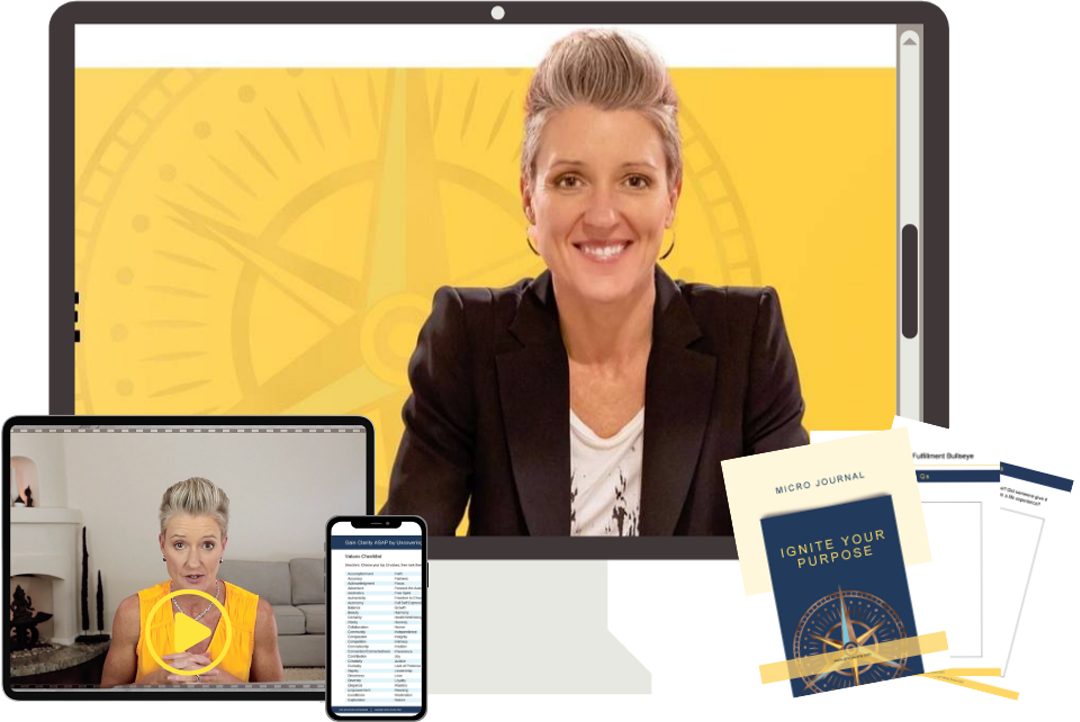How to Make Change a No-Brainer
Oct 29, 2012In my previous post I explained how we all still have caveman brains – too much change is perceived as stress, which kicks in our fight or flight response, taking us into protection mode. Part of this protection mode means seeking the comfort and security of our familiar habits and routines, some of which we may be trying to change.
An easy way to make change is to sneak a new behavior past our caveman brains without it noticing. You literally have to make it a "no-brainer". By making a new activity simple, easy, and non-threatening it’s more likely to be adopted. Using Optimal Defaults are a fantastic way to do it.
I first learned of Optimal Defaults from a conference I attended at Yale University. An Optimal Default is a system of making a desired behavior easier to achieve. For example:
- In Austria organ donation is the set default (you have to opt-out if you don’t want to participate) and they have a 99.98% organ donation rate[1]. In contrast, the donation rate in the U.S. where you have to opt-in to participate is closer to 40%.
- In 2009, New York City banned the use of trans fats - a type of fat that increases the risk of heart disease - in restaurants. Everyone has "opted out" without having to think about it. According to a study just published in the Annals of Internal Medicine there has been a “substantial and statistically significant decrease in the trans fat content of purchases at fast-food chains.”[2]
Start thinking about how you could make change a no-brainer for yourself. How could you set yourself up to be successful without having to think much about a new behavior by making it your optimal default?

FOOD
- This week is Halloween and there's a lot of candy around - don't keep a bowl of it on your desk. Brian Wansink, who is a researcher around environmental cues and food intake, found that if a dish of candy is right next to you, you'll eat about 9 pieces per day. If you move it six feet away, you'll only eat 4 pieces per day.
- Trying to eat more veggies? Keep a bowl of them on your desk. You can use the opposite strategy of the candy dish!
- Wansink also found if you eat off a smaller plate or bowl you'll eat up to 22% less.
- Many studies have found your peer group can affect your level of health. Hanging out with or surrounding yourself with people who have healthy behaviors may positively influence your lifestyle choices.
EXERCISE
- Commit to only 10 minutes of exercise. If after 10 minutes you really don't want to be doing it, stop. However, odds are once you get going you'll realize it's not so bad and keep going.
- Keep your gym bag packed and at the front door. If you're going to work, keep it within eye sight.
- If you'd like to workout in the morning, sleep in your exercise clothes so all you have to do is roll out of bed and go.
- Set a timer to remind yourself to get up, move around and stretch periodically throughout the day.


